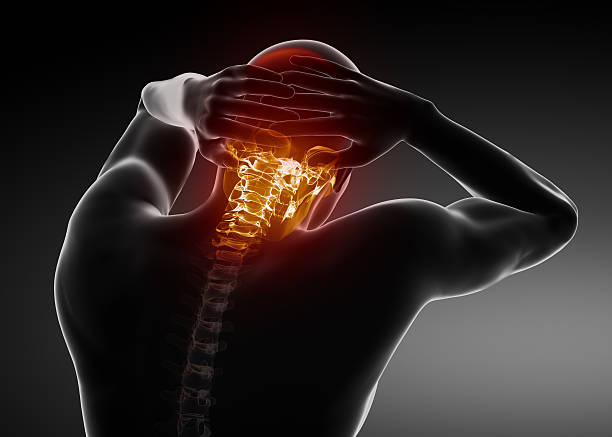Neck strain, often referred to as a pulled neck muscle, is a common issue that many people face due to various factors such as poor posture, sudden movements or prolonged periods of sitting at a desk. It can cause discomfort, stiffness and pain impacting daily activities. Fortunately there are effective methods to relieve neck strain and promote healing. In this article we’ll explore how to relieve neck strain using various treatment options and helpful tips.
Understanding Neck Strain
Before diving into treatment it’s essential to understand what a neck strain is. A neck strain occurs when the muscles or tendons in the neck are overstretched or torn often resulting in pain, stiffness and limited mobility. The symptoms can vary from mild discomfort to severe pain that affects your ability to move your head.
How to Relieve Neck Strain
If you’re wondering how to relieve neck strain here are several effective methods to consider:
1. Rest and Avoid Aggravating Activities
The first step in how to treat neck strain is to give your neck some time to heal. Resting for a day or two can help prevent further irritation. Avoid activities that worsen the pain such as heavy lifting or sudden neck movements. However complete immobility is not recommended as it can lead to stiffness. Gentle movement is essential for recovery.
2. Ice and Heat Therapy
Ice therapy can be particularly beneficial within the first 48 hours of the injury. Applying an ice pack wrapped in a cloth to the affected area for 15-20 minutes can help reduce swelling and numb the pain. After the initial inflammation decreases you can switch to heat therapy. Heat helps relax tight muscles and improve blood flow to the area promoting healing.
3. Over-the-Counter Pain Relief
Using over-the-counter pain relief medications can also help ease the discomfort associated with a neck strain. Non-Steroidal Anti-Inflammatory Drugs (NSAIDs) such as ibuprofen or naproxen can reduce inflammation and alleviate pain. Acetaminophen is another option if inflammation is less of a concern but pain relief is needed.
4. Gentle Stretching and Neck Exercises
Once the pain subsides, gently stretching your neck can help restore mobility. You can do simple stretches such as slowly tilting your head from side to side or turning it gently from left to right. These stretches can help alleviate stiffness and improve flexibility. Engaging in targeted neck muscle strain treatment can also be beneficial. If you’re unsure about which exercises to do, consider consulting a physical therapist for guidance.
5. Good Posture Practices
Maintaining good posture is vital in preventing and treating neck strain. When sitting keep your back straight and shoulders relaxed ensuring your head is aligned with your spine. If you spend long hours at a desk, invest in ergonomic furniture that supports good posture. This can help prevent strain and alleviate discomfort.
6. Massage Therapy
Massage therapy can also aid in alleviating tension in the neck and shoulder regions. Techniques such as the Spencer Technique for Frozen Shoulder can be particularly effective in improving mobility and reducing discomfort.
7. Neck Support
In some cases using a soft neck collar or brace can provide additional support to the injured area helping to alleviate pain and allow healing. However it’s essential to use this method sparingly as prolonged use can lead to muscle weakness.
8. What to Do for a Strained Neck: Avoid Tech Neck
Long periods of looking down at smartphones or tablets can lead to neck strain commonly referred to as “tech neck.” To mitigate this take regular breaks from screen time, adjust your device to eye level and practice good posture when using technology.
9. How to Help Neck Strain: Lifestyle Modifications
Making lifestyle adjustments can also aid in the recovery process. Staying hydrated, engaging in regular physical activity and managing stress levels through relaxation techniques like yoga or deep breathing can positively impact muscle health and help prevent future strains.
10. When to Seek Medical Help
If your symptoms persist despite trying these home remedies or if you experience severe pain, numbness or tingling in your arms it’s essential to seek medical advice. A healthcare professional can provide further evaluation and recommend additional treatments or therapies.
Final Thoughts
Understanding how to relieve neck strain involves a combination of rest ice and heat therapy stretching good posture and self-care practices. Using over-the-counter medications can provide pain relief while gentle exercises can restore flexibility. If you’re dealing with a pulled neck muscle these methods can guide you through effective pulled neck muscle treatment.
Knowing what is good for a stiff neck and how to treat neck strain can help you manage symptoms effectively. Incorporating these tips into your daily routine can lead to improved neck health and prevent future injuries. Remember if the pain persists or worsens consult a healthcare professional for further evaluation and treatment options.




